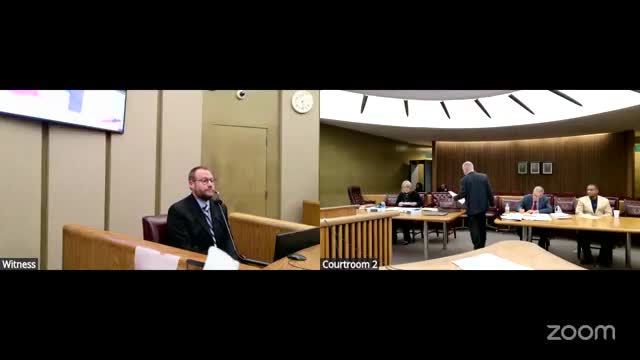Forensic expert details gunshot wound evidence in Dodson case
May 01, 2025 | 252nd District Court, District Court Judges, Judicial, Texas
Thanks to Scribe from Workplace AI , all articles about Texas are free for you to enjoy throughout 2025!

This article was created by AI using a video recording of the meeting. It summarizes the key points discussed, but for full details and context, please refer to the video of the full meeting. Link to Full Meeting
Dr. Hiffer explained the difference between stippling and soot, two key indicators in gunshot wounds. Soot, which is burnt gunpowder, can leave a black ring of discoloration on the skin or clothing when fired from close range. In contrast, stippling consists of unburnt gunpowder that causes small abrasions upon contact. The presence of both soot and stippling in Graham's case suggests that the gun was likely pressed against his skin when fired, indicating a contact shot.
Despite the detailed analysis, Dr. Hiffer could not determine the caliber of the bullet or the type of firearm used, as no projectile was recovered from the body. He clarified that the wound was singular and consistent with a handgun rather than a shotgun, which would have produced a different type of injury.
The courtroom proceedings were briefly paused for a recess, allowing jurors to reflect on the testimony before the next witness was called. This session underscores the importance of forensic evidence in understanding the circumstances surrounding violent incidents, as the details provided by experts can significantly influence the case's outcome. The trial continues to unfold, with further testimonies expected to shed more light on the events leading to Graham's death.
Converted from Judge Raquel West's Personal Meeting Room meeting on May 01, 2025
Link to Full Meeting
Comments
View full meeting
This article is based on a recent meeting—watch the full video and explore the complete transcript for deeper insights into the discussion.
View full meeting